TechRadar Verdict
Cinematic image quality and multi-HDR support make this 58-inch Panasonic HX800 an accomplished LED TV – and if gaming’s your thing, it’s lightning fast too.
Pros
- +
Dolby Vision, HDR10+ and HLG support
- +
Dolby Atmos audio
- +
Filmic HCX image processing
Cons
- -
Only three HDMI inputs
- -
Not the brightest
- -
Little improvement on GX800
Why you can trust TechRadar
Two-minute review
Can Panasonic catch lighting in a bottle for the second year in a row, with its mid-range LCD-LED HX800 series?
Last year’s GX800 model stole a march on the competition by offering multi-HDR support at a highly affordable price, making a case for the best 40-inch TV and a great contender for larger sizes too. This year’s HX800 update once again covers all home cinema bases, but competition is hotting up, not least from OLED TVs available at comparable prices.
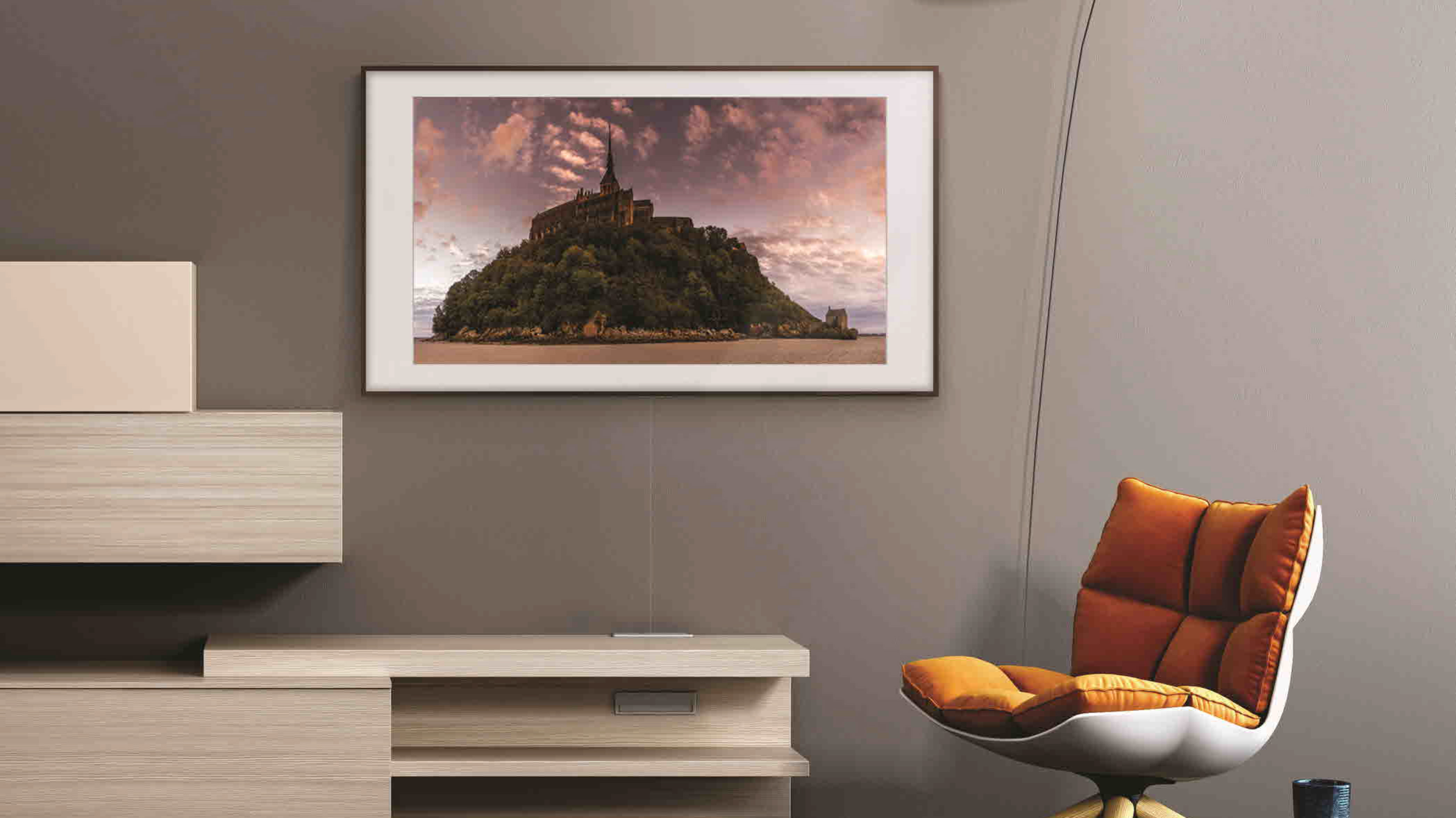
Price and availability
Design
Smart TV (MyHomeScreen)
Picture quality
Sound and gaming
Should I buy it?
But Panasonic’s multi-talented multi-HDR mid-ranger is a fabulous proposition if you’re looking for a refined 4K display that does a top job with both movies and games. Its lush colour reproduction and filmic presentation are popcorn-tastic – even if it can't match the deep blacks of an OLED panel.
Having Dolby Vision on board to make the most of Netflix (and any Dolby Vision Blu-rays you may well have in your collection) is a real plus point too, meaning we never felt we were missing out on HDR highlights.
Panasonic’s smart platform, My Home Screen, is also in its latest iteration – and it’s pretty bare bones as always, but with enough straightforward functionality and curation to make it a fine OS for 2020.
With sizes ranging from a compact 40-inch to roomy 65-inch, the HX800 will fit a variety of homes, and its accessible pricing – starting at just £649 at the smallest size – makes it a no-brainer for everything it offers too.
Price and availability
Here we review the 58-inch TX-58HX800, which retails at £999. However, it’s also available in a £1,399 65-inch (TX-65HX800), £899 50-inch (TX-50HX800) and £649 40-inch (TX-40HX800) screen sizes in case they’re a better fit.
There’s also an HX820 variation doing the rounds, but this is merely a reskinned retailer variant. For all intents and purposes it’s the same as the HX800 featured here.
Keep in mind that last year's GX800 is a good sight cheaper these days, and won't offer much different in terms of performance compared to the newer set...
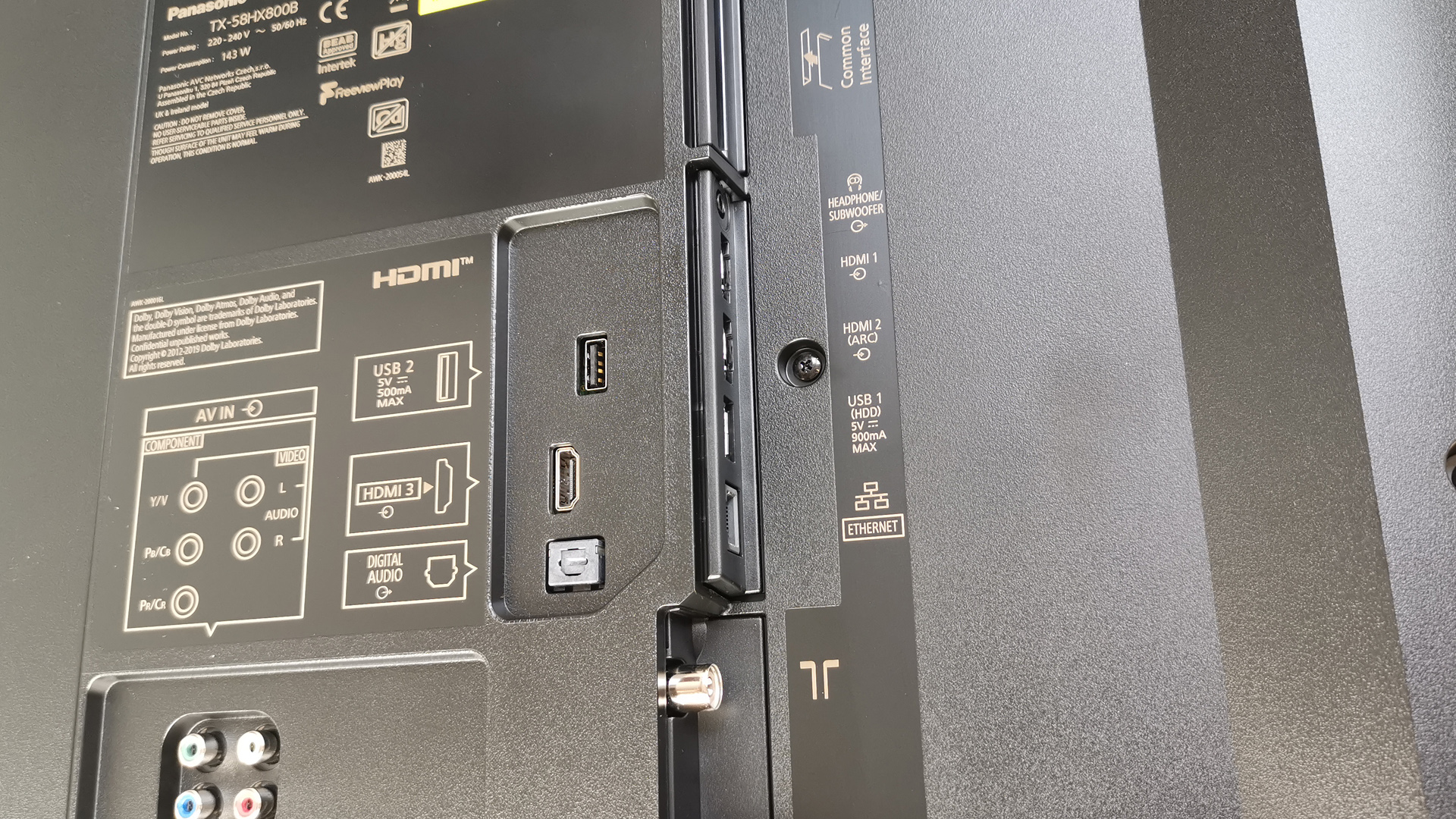
Design
- Ultra-thin
- Cool glass design
- Only three HDMI ports
This Panasonic makes good use of its ultra-thin, edge-lit form factor. It combines a wafer thin profile with a cool glass-on-frame design – the panel sits on top of the bezel, rather than be surrounded by it. It looks really neat.
The whole ensemble resides on a single central pedestal, which is easy to accommodate on regular AV furniture.
The remote control, on the other hand, is rather less stylish. It’s a regular Panasonic doofer, with dedicated Netflix and Freeview Play buttons.
The set’s mid-range status is evidenced by the rear panel connections. We get just a trio of HDMIs, plus two USBs ports, digital optical audio out, component AV and Ethernet. There’s also a CI slot for those that need it.
The terrestrial tuner in the UK model is Freeview Play. This means that there’s a full complement of Catch-Up TV apps on-board. Dish-fans will lead to look elsewhere, as there’s no satellite tuner option.
Wireless connectivity includes Wi-Fi and dual-band Bluetooth. A two-way audio link allows allows wireless headphones to be used for private listening.
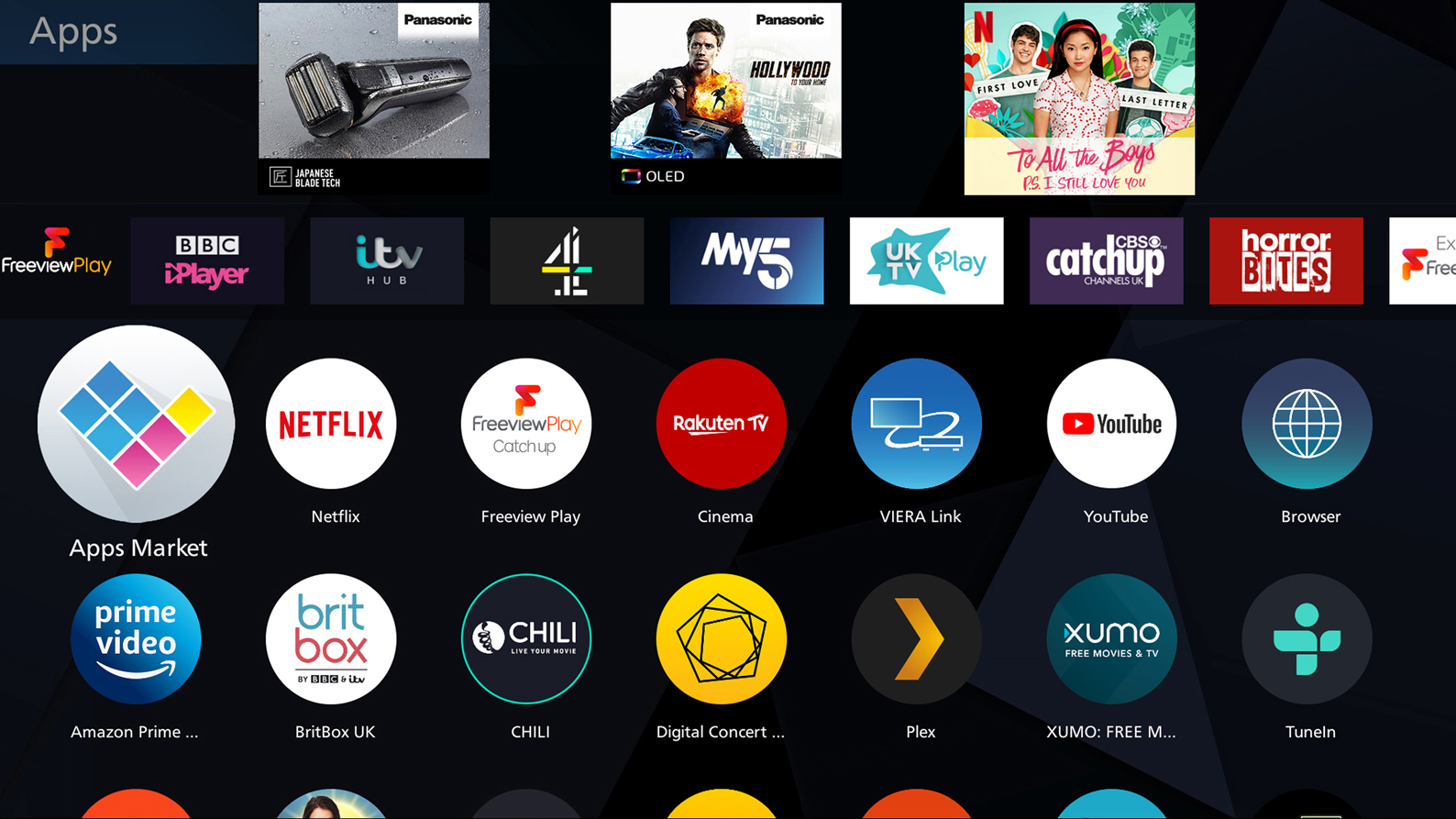
Smart TV (MyHomeScreen)
- Google Assistant and Alexa integration
- Content curation
- Disney Plus
If you’re after a smart TV platform that’s easily customisable, to stream content and access your sources, Panasonic’s My Home Screen will more than suffice.
Now up to its fifth iteration, Panasonic’s My Home Screen smart platform has proved remarkably resilient – especially since we had a feeling it might give way to the Android OS early on. But Panasonic has made small incremental tweaks, retaining its inherent simplicity while improving usability, including some new contextual menus to help search and curate content. However, basic functionality is unchanged.
The Home screen launches with a trio of buttons, ‘Devices’, ‘Apps’ and ‘Live TV,’ which can be customised with short cuts for streaming services and connected local devices. Apps can simply be ‘pinned’ to the Home screen for quick access too.
The Device button maps your connected gear, like a Blu-ray player, TV set top box, or games console. It also recognises NAS devices when they’re on the same network. File playback covers the most common formats, including MKV files.
When it comes to streaming video services, the HX800 is well served, with Netflix, Amazon Prime Video, Rakuten TV and YouTube. Disney Plus was absent throughout 2020, but you'll now find the Disney streaming app on all Panasonic TVs sporting My Home Screen from 2017 onwards.
You do, however, get both Google Assistant and Amazon Alexa smart integration.
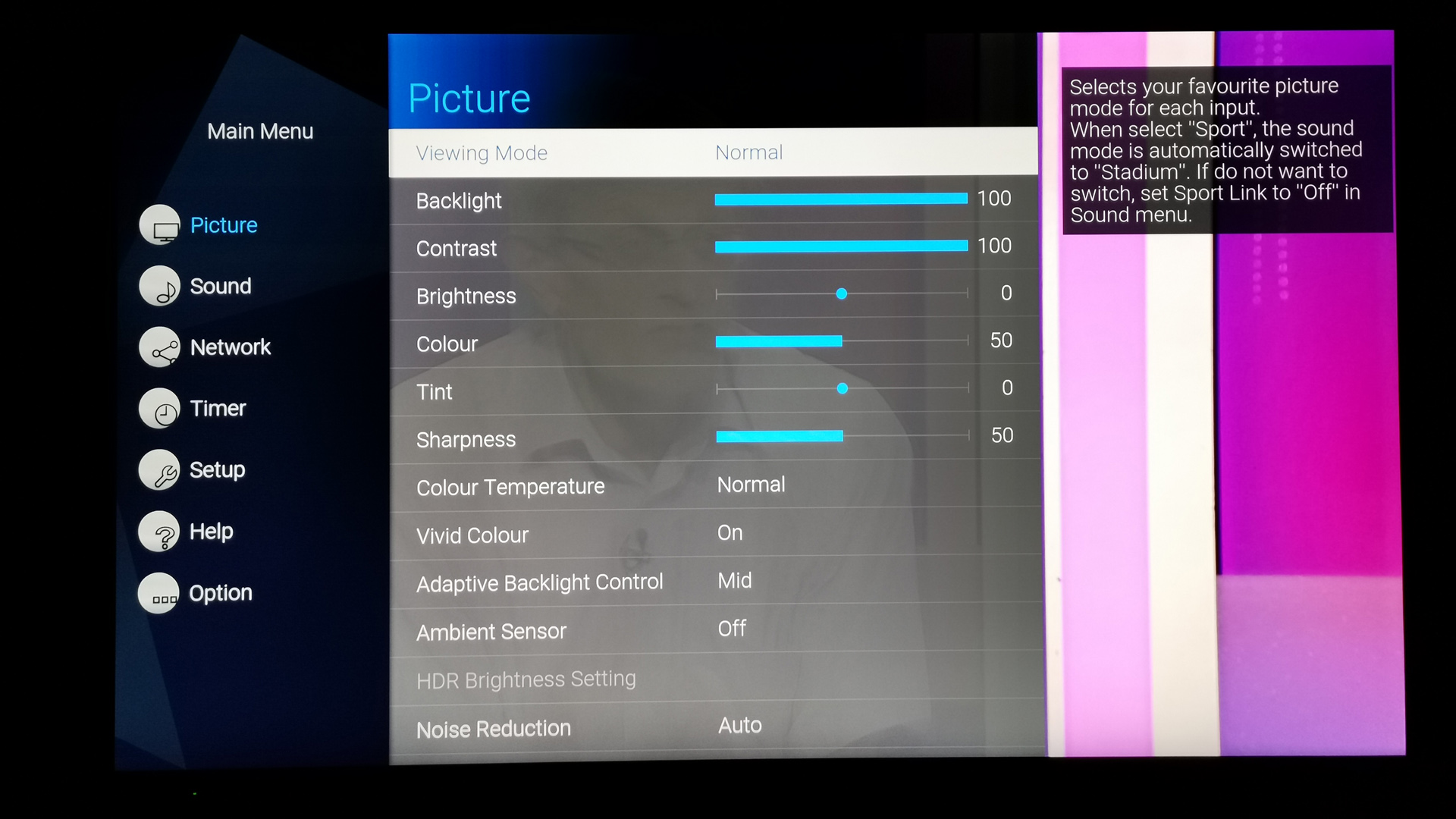
Picture quality
- Sumptuous wide-band color
- Decent HDR
- Naturalistic HD upscaling
The HX800 may lack leading edge AI-enhanced image processing, as found on some rival screens, but its venerable HCX processor still does a fine job with everyday HD content. Images enjoy naturalistic upscaling with an impactful average picture level, underpinned by lush, authentic colours. It’s an engaging screen to watch.
Picture presets comprise Dynamic, Normal, Cinema, True Cinema, Custom and Sport. For most content, the Normal mode shows the panel off to best advantage. For movies, we’d suggest True Cinema over the regular Cinema preset, which is just too muted for its own good.
Screen uniformity is reasonably solid, certainly with full-frame content. The HX800 can’t quite manage a convincing deep black, but it comes surprisingly close for an LED TV. Contrast is reassuringly high too.
Clearly aimed at discerning film fans, the HX800 combines Multi-HDR support (by which we mean it covers both Dolby Vision and HDR10+, as well as Sky Q-friendly HLG) with image tuning that’s passed muster with leading Hollywood colourist Stefan Sonnenfeld.
Two things immediately spring to mind when watching 4K Blu-rays on this set: the colour depth is extraordinary, and detail is gorgeously depicted.
HDR brightness is more or less in line with last year’s GX models. We measured HDR peak highlights approaching 450 cd/m2 (aka nits), using the Dynamic image preset. There’s only a slight drop if you choose Normal. This translates to a suitably punchy picture, albeit one that’s at its best in controlled lighting conditions.
The provision of Dolby Vision helps at these brightness levels, as it removes the need for excessive tone mapping. Dolby Vision HDR is standard on Netflix. Much the same applies to HDR10+ content found on Amazon Prime Video.
There are times when playing though movies that the screen seems almost OLED-like, such is its cinematic lushness, but ultimately the lack of true deep black quickly reminds you that it's not.
We’ve been steadily impressed by Panasonic’s Intelligent Frame Creation (IFC) motion interpolation, too, which has evolved from artefact city to something a good deal more effective.
Opt for the low impact Minimum setting and you’ll get the benefits of smooth motion and retained detail, without overly intrusive artefacts. Michael Bay’s madcap Netflix Original 6 Underground is awash with fast action and busy scenes, but the HX800 has no problem keeping sequences clear and lucid.
Both Mid and Max IFC settings are a little too heavy handed, and you’ll start to notice smudgy artefacts. Our inner film purist is still compelled to turn IFC off for movie night though. We can live with the panning judder, because the film just looks inherently cinematic.
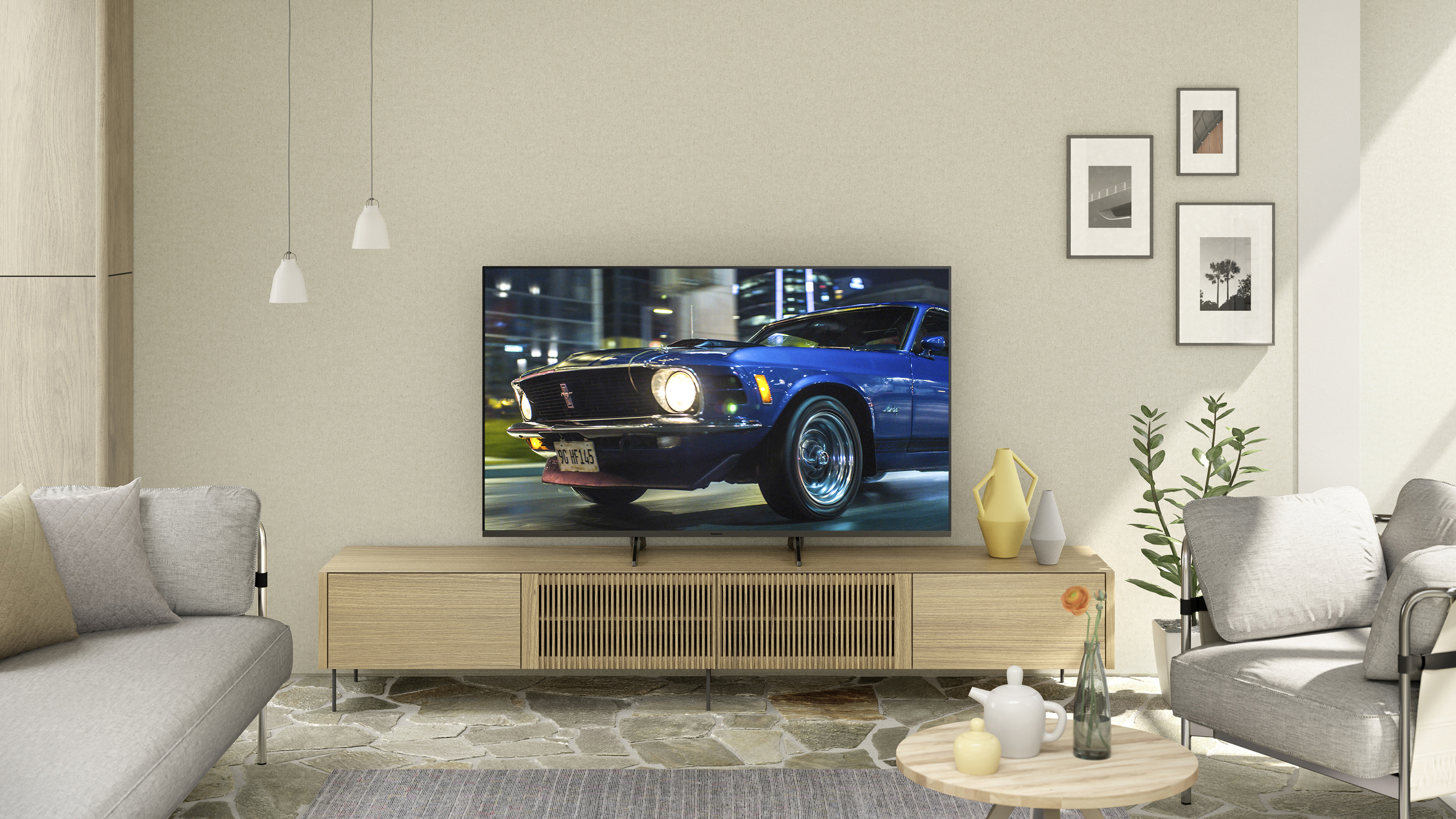
Sound and gaming
- Low input lag (10.2ms)
- Acceptable 20W audio
- Dolby Atmos compatible
For competitive gamers, there’s a dedicated preset which is well worth engaging. Using it we measured input lag at a remarkably low 10.2ms (1080/60). Helpfully, there’s ALLM (Auto Low Latency Mode) HDMI support, so the screen automatically engages Game mode when a console is detected.
The on-board sound system is remarkably mainly because it doesn’t sound absolutely dreadful. Given how perilously thin the HX800 is, any expectation for reasonable stereo audio might seem optimistic. But it’s 2x10w sound system is good enough for casual viewing. The set is Dolby Atmos compatible, too, and will pass out an Atmos bitstream to a waiting soundbar or home cinema system.
Other screens to consider
Perhaps the closest competitor to this 58-incher is Philip’s 55-inch 754 OLED (from 2019). It too has Multi-HDR support, a simplified smart TV platform, in the form of Philips’s own Saphi OS, superb OLED image quality, plus the pulsating joys of Ambilight. It's now just £999, down from a previous £1,300 price tag too.
Another alternative would be Hisense’s new ULED flagship, the U8QF. It too has support for Dolby Vision and HDR10+, and boasts a Full Array backlight for precise HDR. Smart connectivity comes via the brand’s own Smart TV OS, VIDAA U4, with Netflix, Prime Video, YouTube, Rakuten TV and Freeview Play.
Should I buy it?
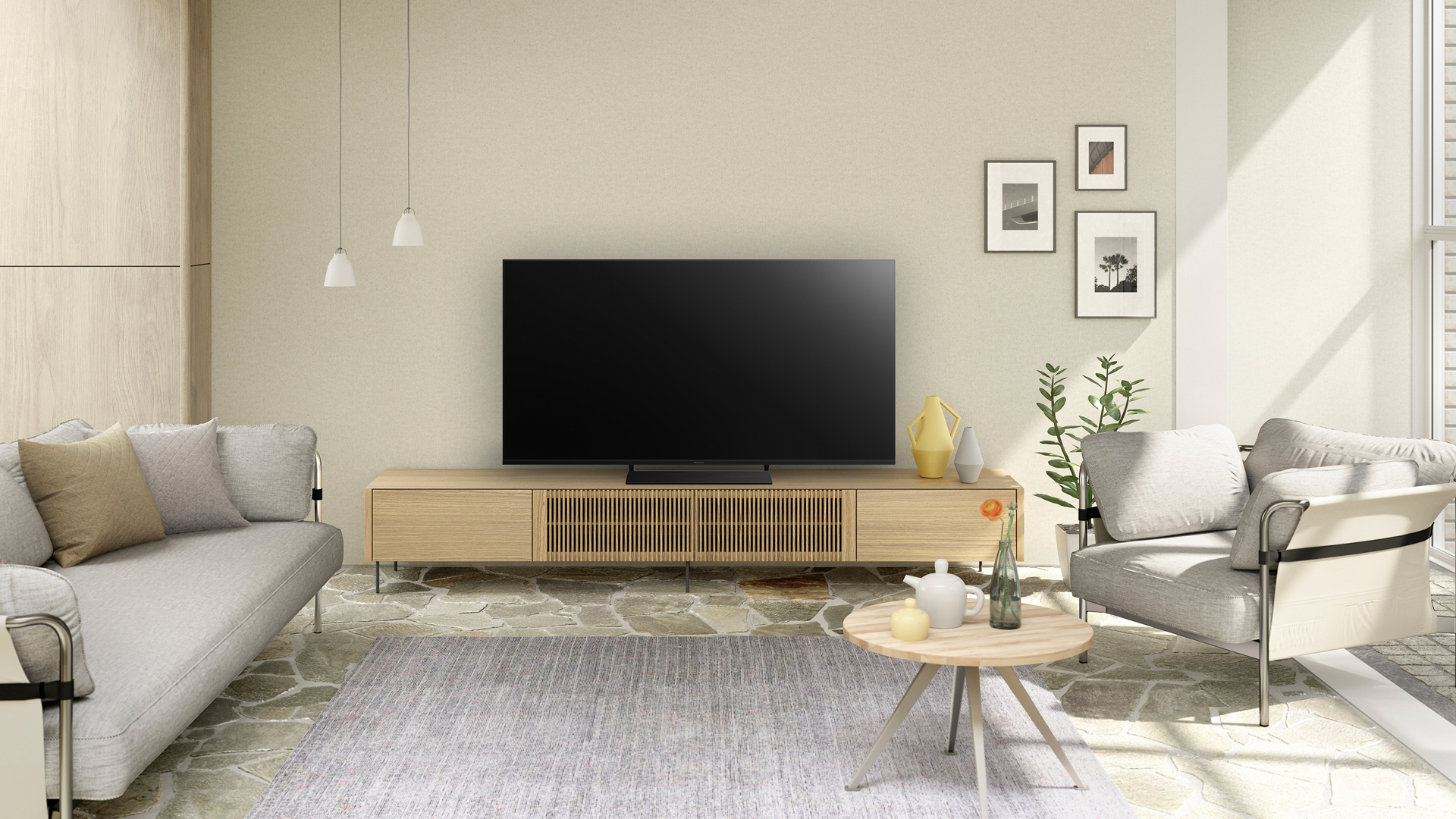
Buy it if...
An affordable mid-range TV
Don't want the worst; can't afford the best? The Panasonic GX800 is a great all-rounder that offers impressive performance for the price.
You want low input lag for gaming
At just 10.2ms input lag, you'll find your games responsive, with the ALLM (auto low latency mode) to help out.
Broad HDR support
Something Panasonic excels in is HDR support, with the HX800 – like last year's GX800 – being compatible with HDR10+, Dolby Vision, and HLG.
Don't buy it if...
You want the deepest blacks
The only real pitfall, picture-wise, is inevitable for a mid-range LED, but these otherwise cinematic pictures fail to offer the deep blacks of an OLED panel.
You want a dazzlingly bright screen
The edge-lit HX800 isn't the brightest display, which means for daytime use you may be better off getting a mid-price QLED.
You want a market-leading smart platform
Panasonic's MyHomeScreen OS works well enough, but it doesn't have the bells and whistles of LG's webOS or Samsung's Tizen.
- Best TVs: the new TVs worth buying this year
Steve has been writing about AV and home cinema since the dawn of time, or more accurately, since the glory days of VHS and Betamax. He has strong opinions on the latest TV technology, Hi-Fi and Blu-ray/media players, and likes nothing better than to crank up his ludicrously powerful home theatre system to binge-watch TV shows.
